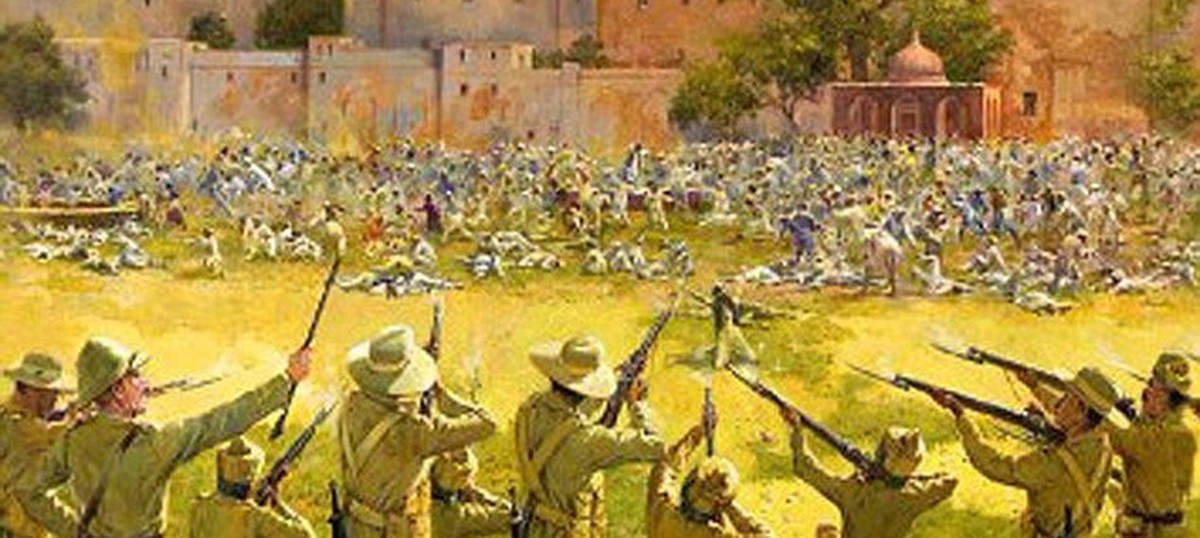





Disclaimer: Copyright infringement not intended.
Context
Backdrop of Unrest:
Trigger:
Jallianwala Bagh Tragedy:
British Response:
Dyer's Fate:
Impact on Indians:
Legacy:
|
PRACTICE QUESTION Q. Assess the historical significance of the Jallianwala Bagh massacre in India's struggle for independence. Evaluate the role of the massacre in shaping British colonial policies and Indian sentiments towards British rule. |


© 2025 iasgyan. All right reserved